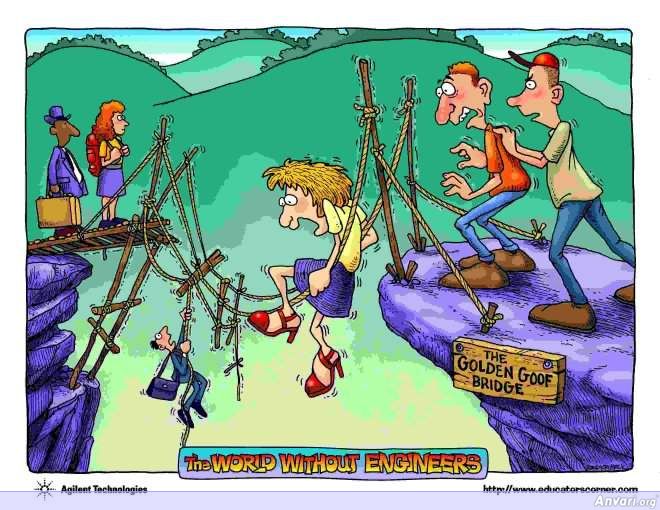 |
| The Business of Being Born. This documentary explains why Natural childbirth practices should be preferred. |
Less than a month ago, my sister gave birth to her first child. It's a boy. He is the first child in our family of the next generation, a child after 18 years. It's a moment of happiness. The delivery took place at B.P. Koirala Institute of Health Sciences in Nepal, arguably one of the best hospitals in the country. All of us wanted her to have a normal delivery, if possible. We were all very hopeful since she went to the best hospital in the country. But the doctors performed a Cesarean section, popularly known as C-section. Because contractions did not start, the doctors injected her with a chemical to trigger contractions. Despite this, there were no contractions.
Then the doctor told her that since contractions did not begin within six hours, she had no choice but to have a surgery to get the baby out safely. As experts, the doctor told my sister and her husband that if they were to wait any longer, the chemical might enter the child's body and inflict serious damage. When I heard all of this, it really infuriated me. It also made me very sad that doctors did not give complete information before injecting the contraction inducing drug. Whatever the motivations/incentives the medical professionals might have had, it was unethical and inappropriate. Furthermore, due to inadequacy of facilities, two childbirths were being performed on one bed. That is just unimaginable, even for a developing country like Nepal.
A review of the documentary: The Business of Being Born
I wanted to find out more about childbirth practices elsewhere for comparisons. I came across a documentary on childbirth titled, " The Business of Being Born" which chronicles around this same issue that I wanted to learn and know more about. It compares the natural childbirth practices performed in assistance with midwives against childbirths carried out in hospitals by surgeons. For anyone who is interested in knowing more about childbirth practices in the US and elsewhere, this is a good documentary to watch, readily available on Netflix. I'm not going to embarrass you by describing the details but will quote some statistics that will surprise you.
In America, midwives attend less than 8% of all births and less than 1% of those occur outside a hospital. At the same time, the US has the second worst newborn death rate in the developed world.Another interesting statistics,
In 1900, 95% of all births took place in the home. In 1938, half the births took place at home, and the trend continued to spiral downward.
Today, less than 1% of childbirth takes place at home in the US. That is surprisingly low. From an economic perspective, childbirths performed at home under supervision of trained mid-wives is several times cheaper. At hospitals, on average it costs around $13,000 but with mid-wives, an average of $4000. These numbers are quoted in the documentary. Experts unanimously agree that childbirths are safer and better when performed at homes under mid-wives yet, why are more women choosing to go to hospitals? Is it mere fear espoused by popular media or is there something more? It turns out more than 70% of European women have childbirths at home. Yet maternity deaths are lower. Other countries spend less and have better results than the U.S. Isn't that a double whammy?
What about the aftereffects? The documentary doesn't describe what happens after a surgery is performed, how long it takes for the wound to heal or how does it affect the strength of the individual later.
The bottom line is: if a pregnant woman goes to a hospital, hospital staff will wait for a few hours, if contractions don't start, pitocin is injected. Then, depending on the course of action, more drugs are injected to either ease the pain or control contractions. Epidural is injected to ease pain. Eventually, an incision is made, a C-section, to perform the surgery. Despite the technology getting better, the number of incisions being made during childbirth is rising and is at an all-time high. Many fear if someone does not intervene, it is on its way to hitting a 100% mark. If you go to a hospital, they don't want to wait. They just want to perform the operation and want you out of there so that they can accommodate someone else. However sad you think this practice is, it is THE truth.






























